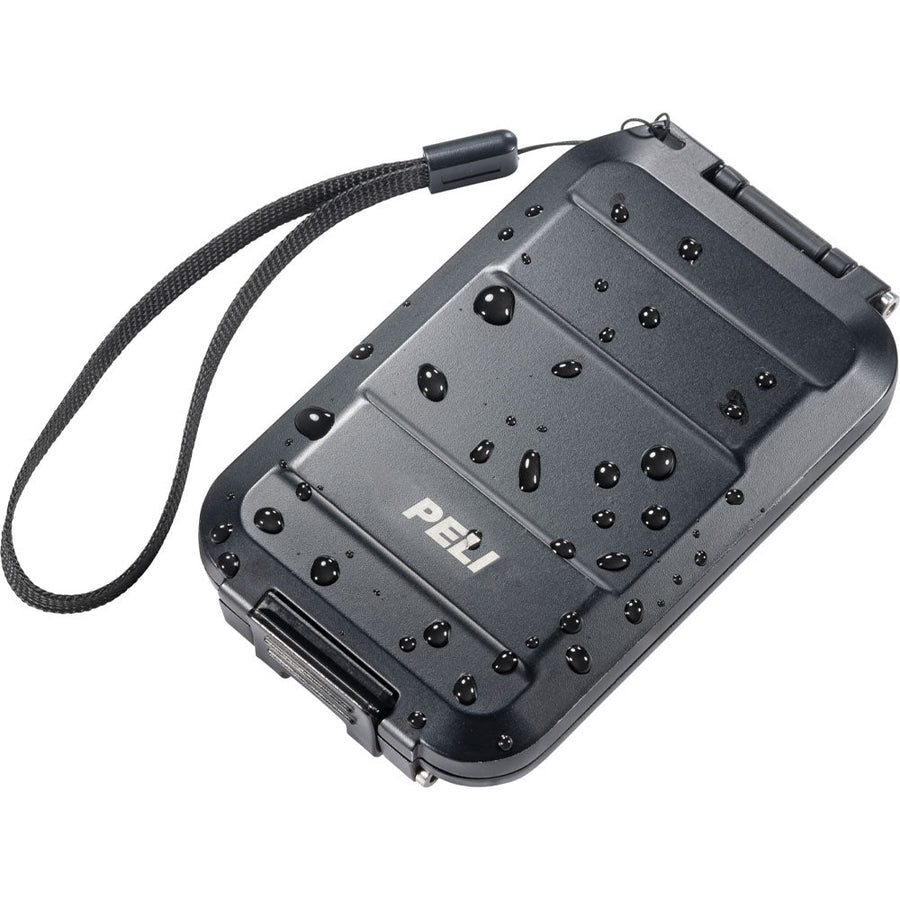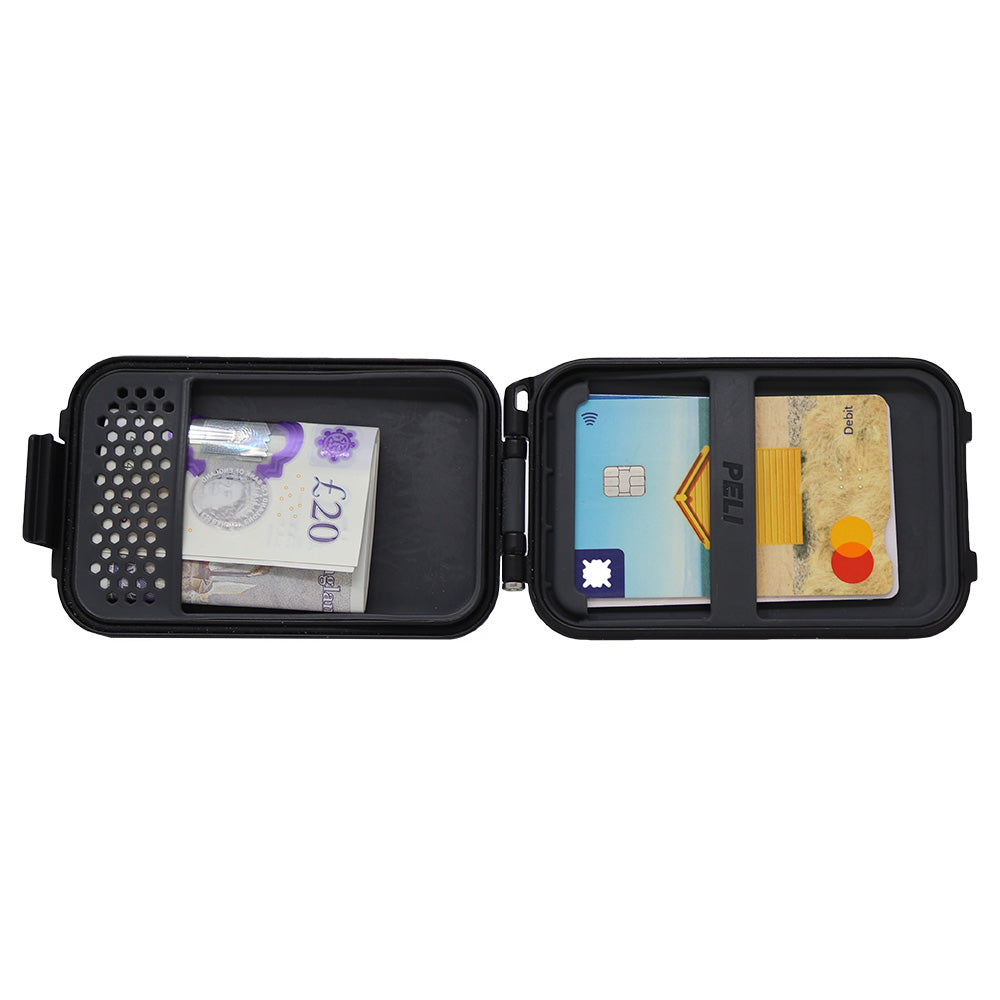Building a Peli First Aid Kit
A first aid kit is a must-have in case of emergency, particularly for those who partake in outdoor activities. The contents of your kit will always be kept dry and safe for use, since every Peli case has undergone testing to certify their waterproof, crushproof and dustproof protection. For that extra peace of mind, each case is also covered by the famous Peli Lifetime Guarantee; “if you break it, we replace it. Forever.”
Read on to find out our top tips on creating your own Peli first aid kit.
Choosing A Peli Case For Your First Aid Kit

The first ever Peli case was actually a specialised first aid kit for divers, developed by Pelican’s founder and scuba-enthusiast Dave Parker in Torrance, California. The kit included everything from a mirror for inspecting injuries, to ointment to relieve jellyfish stings.
Today, Peli offer an EMS case in both the Protector (1460 Protector EMS Case) and Air (1465 Air EMS Case) ranges, which feature tiered tray systems and adjustable compartments, as well as a secure lockable section for controlled substance storage.
If a tiered tray system isn’t essential for you, EMS divider sets are available for the following cases (these include padded nylon dividers, designed specifically for use with medical equipment):
What items will I need?
To put together your own first aid kit, the NHS recommends the following basic essentials:
- Plasters/gauze dressing and bandages
- Safety pins
- Disposable sterile gloves
- Tweezers
- Scissors
- Alcohol free cleansing wipes
- Sticky tape
- Thermometer (preferably digital)
- Skin rash cream
- Insect bite relief
- Antiseptic cream
- Painkillers
- Antihistamine
- Distilled water
It is important to regularly check that all medical equipment and medicines are within their use-by dates.
Which Peli Case Is Best For Use For A First Aid Kit?
Whether it be for professional or personal use, if a tiered system or EMS dividers are not specifically required, then most Peli cases are suitable for use as a first aid kit case.
Every case in the Protector and Air ranges have a few key features. Secure double-throw latches keep the case securely shut during transit, but still easy to open when needed. Padlock hasps add extra security should you wish to keep your case locked, this is good for keeping out of reach of children (however in an emergency you don’t want to be searching for a key!). Finally the combination of the o-ring seal and automatic pressure release valve keeps liquid and dust out, whilst preventing vacuum lock after air pressure changes.
The size of the case simply depends on your use for the kit and how much equipment you’d like to store. Take a look at our Peli case size guide to figure out which size is best for you.
Lightweight and transportable
Take a look at the Peli Air range for a lightweight choice that’s easy to carry while you’re on the go (but still offers the same legendary Peli protection).
Mini first aid kit
For something even more portable, check out the Micro case range, ideal for those looking to create a mini first aid kit that can be easily clipped to a bag or a belt. Due to the obvious size restrictions you’ll need to pick only the essentials when planning which equipment to include.
We're here to help
For further details on the contents of your kit, as well as how to deal with accidents, first-aid and treatments, be sure to check out the NHS website. And as always, if you need any further advice on building your Peli first aid kit, feel free to contact us with any questions or queries.






Leave a comment